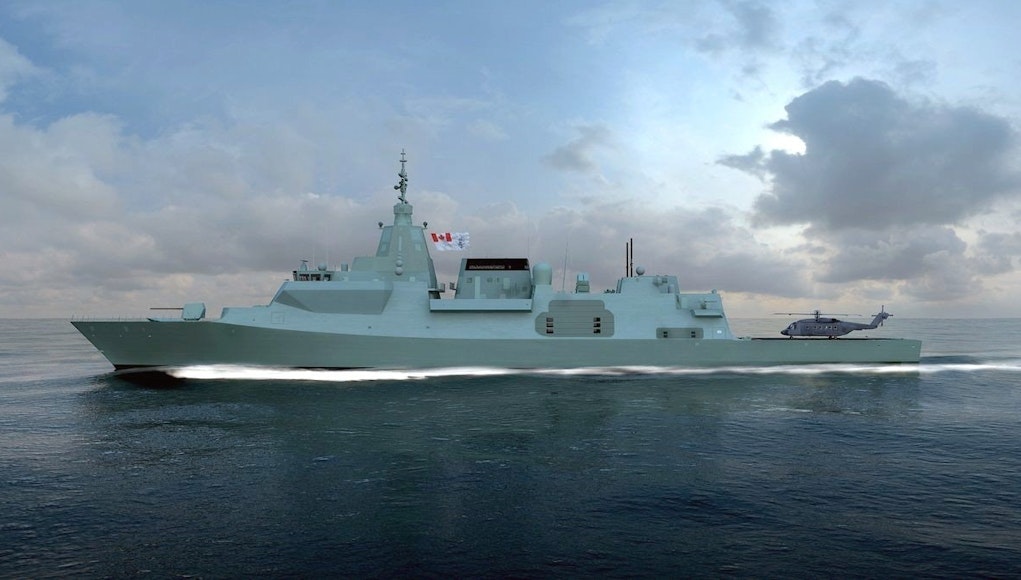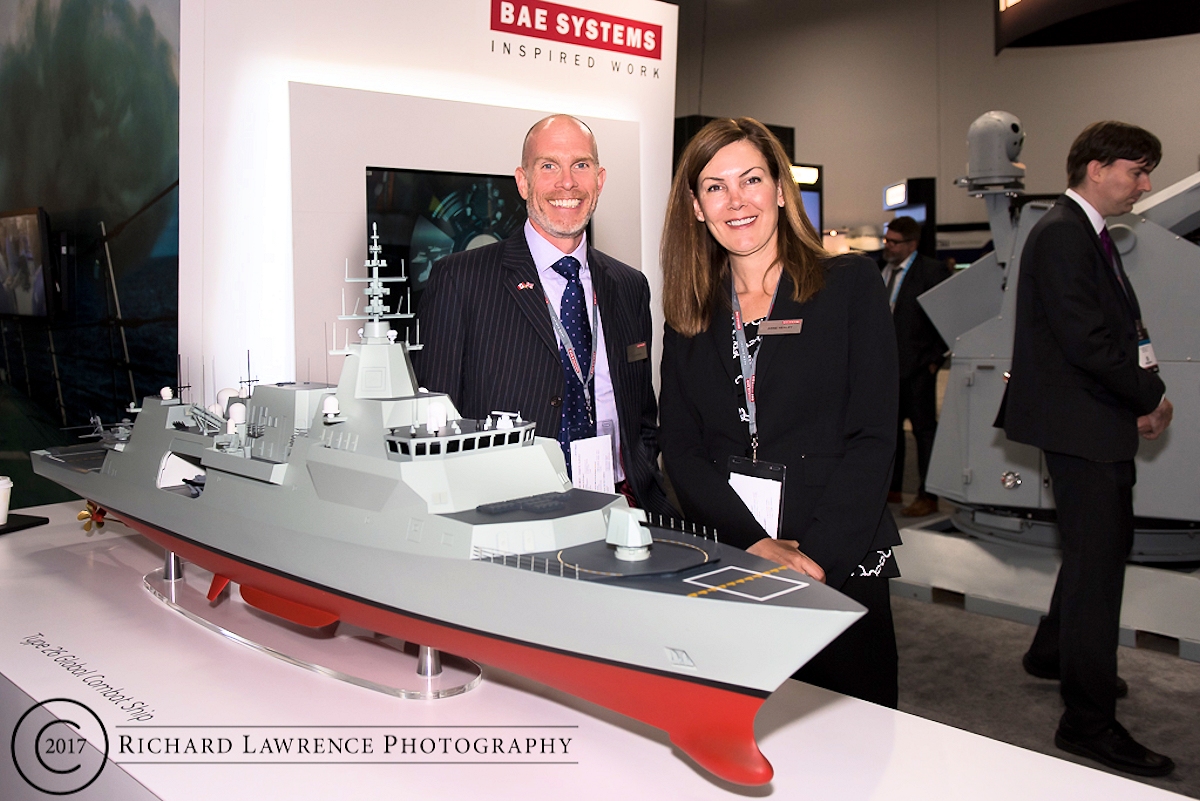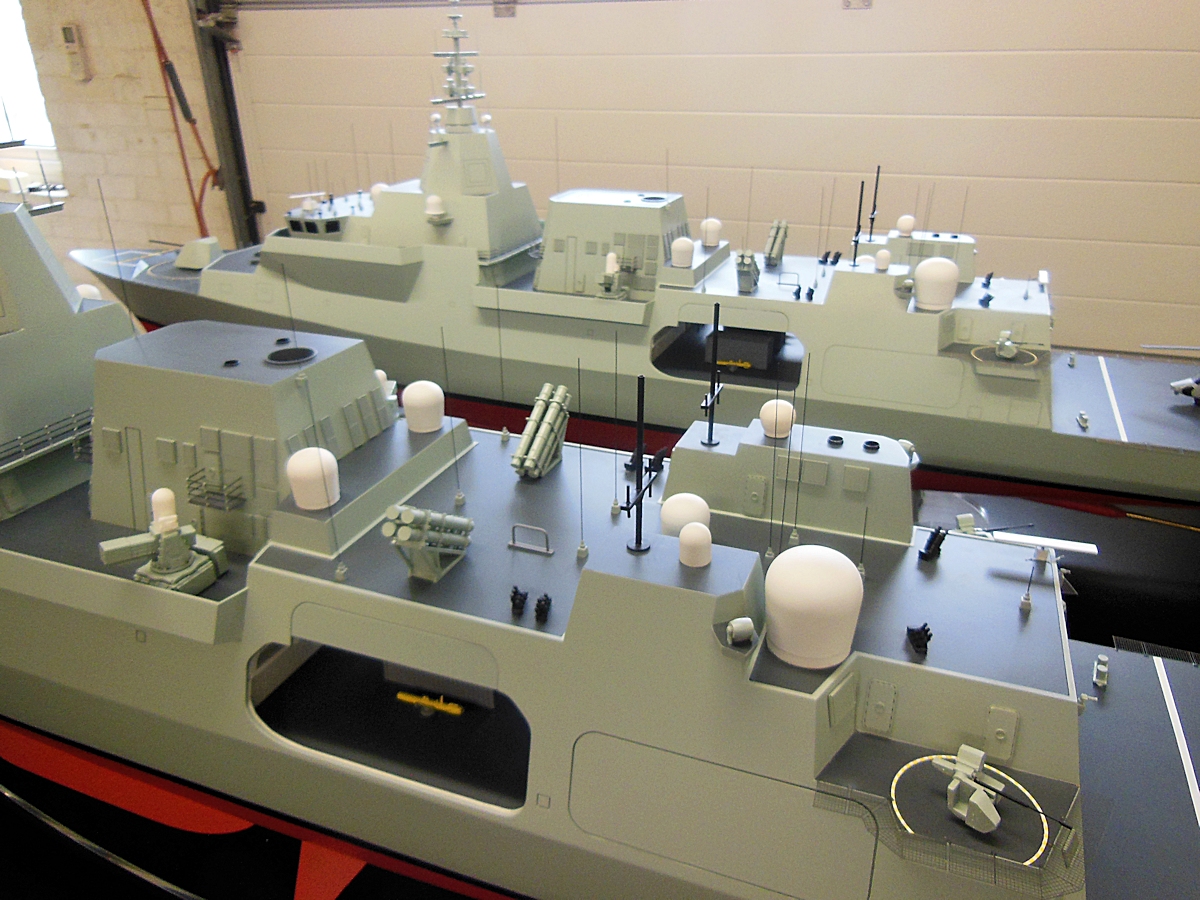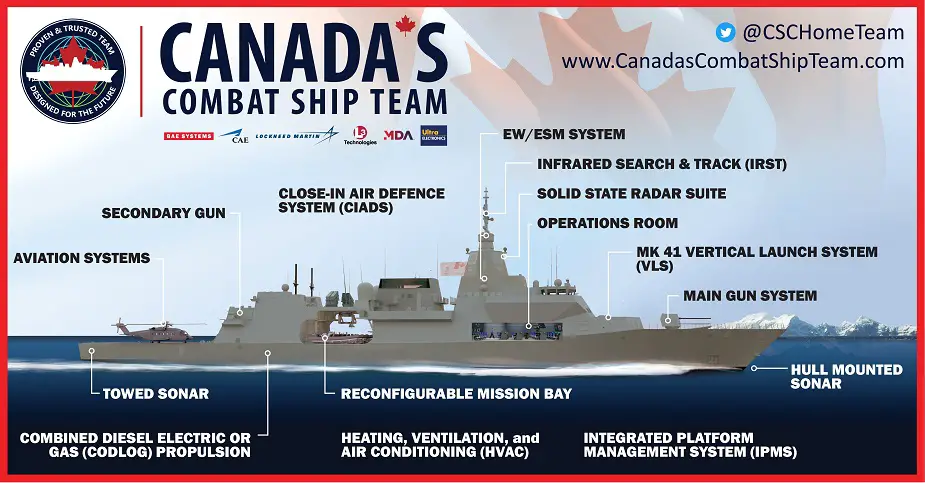Black Jack Shellac
Active Member
I think this lawsuit was going to happen regardless of who won or who was in government. It is a fishing exercise by the lawyers. They might catch the $60B prize.More bad news for the CSC program. I can a 10 million dollar payment for Alion to piss off in order to get things moving.
Ottawa ordered to 'postpone' frigate design decision amid investigation | CBC News
The type 26 appears to be the best option for Canada being the only ASW dedicated platform, and it is likely they do meet all the requirements in the specs or they would not have been selected.
Canada is proceeding with the negotiations anyway, they just can't sign the contract with LM until the lawsuit is settled.
Canada still negotiating with Lockheed Martin on warship deal despite ongoing legal action
Last edited:




